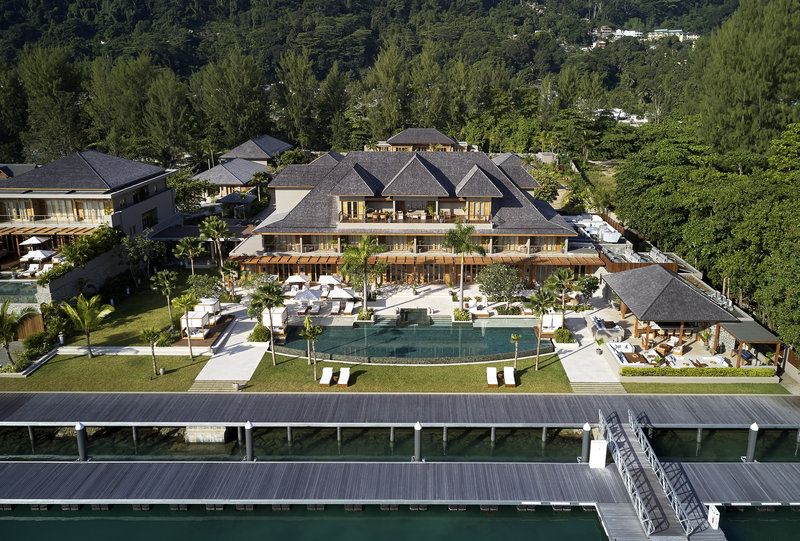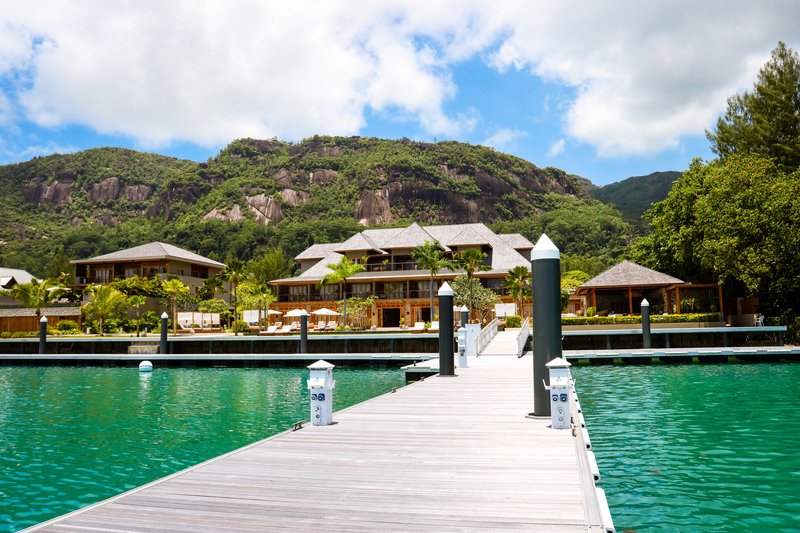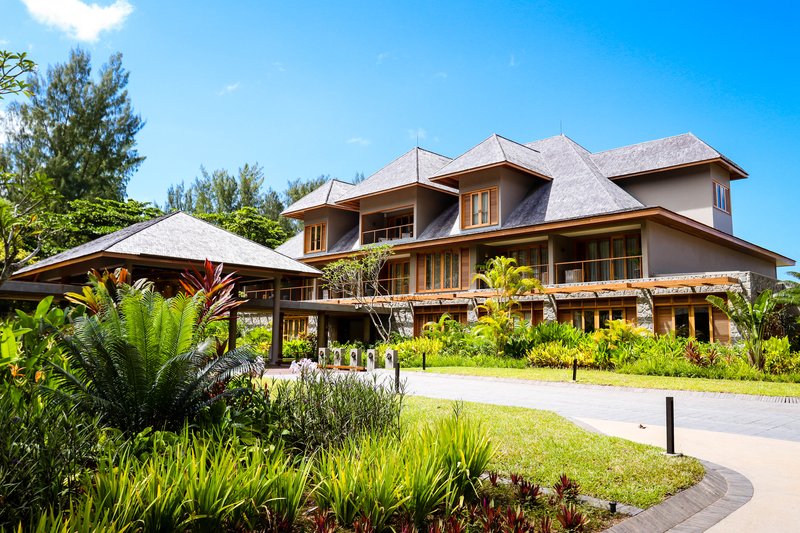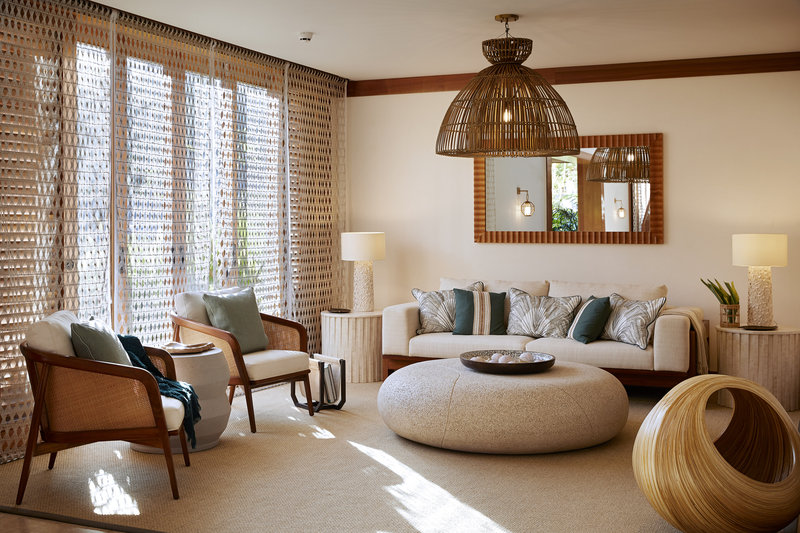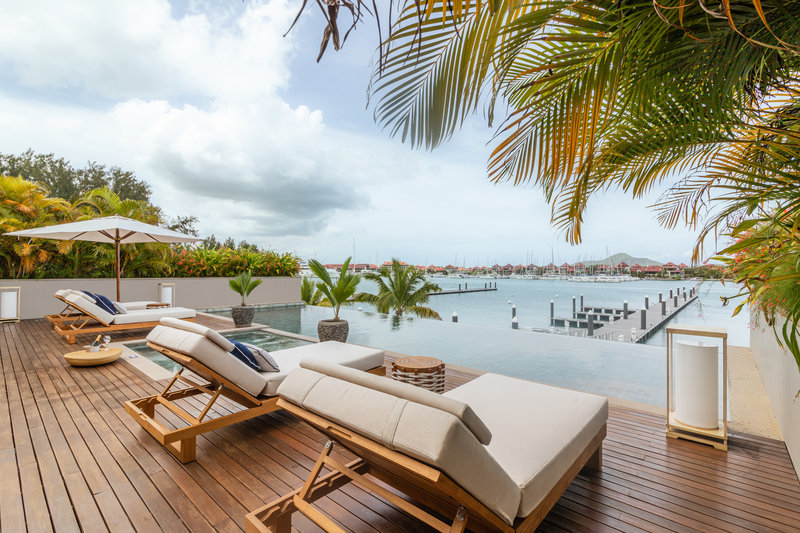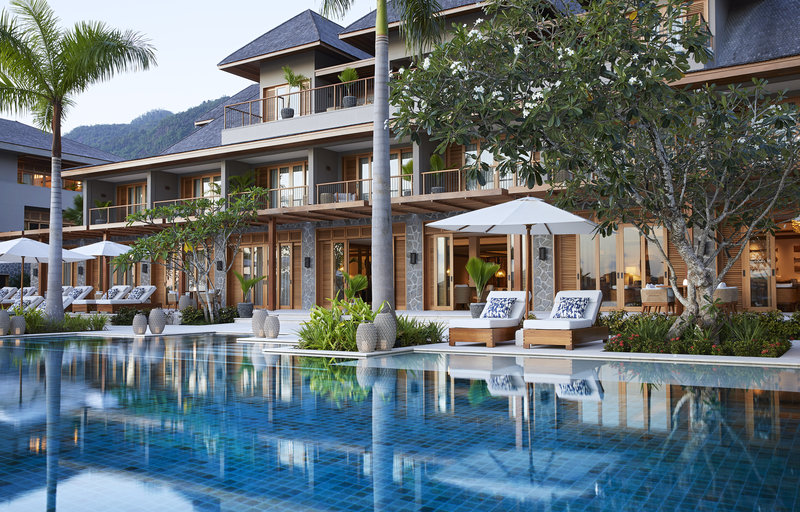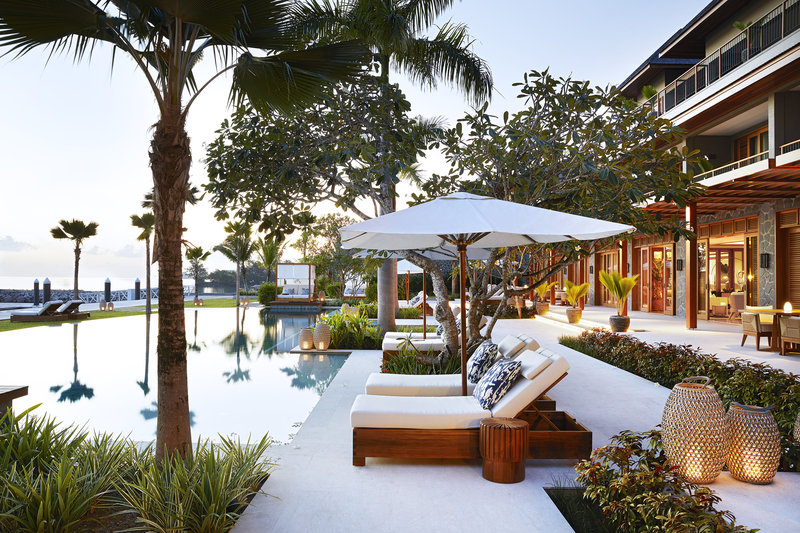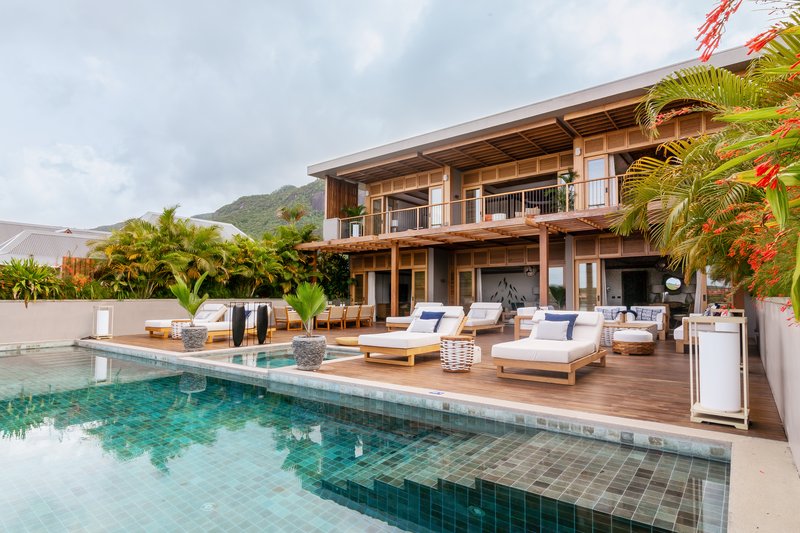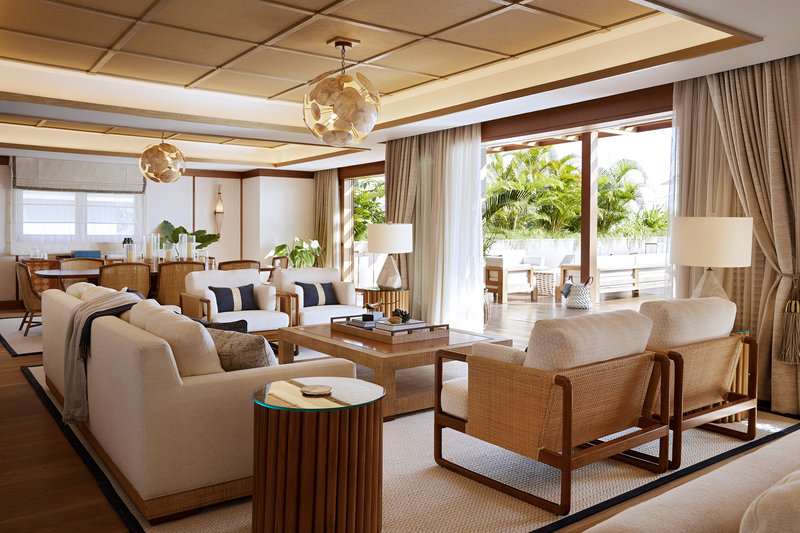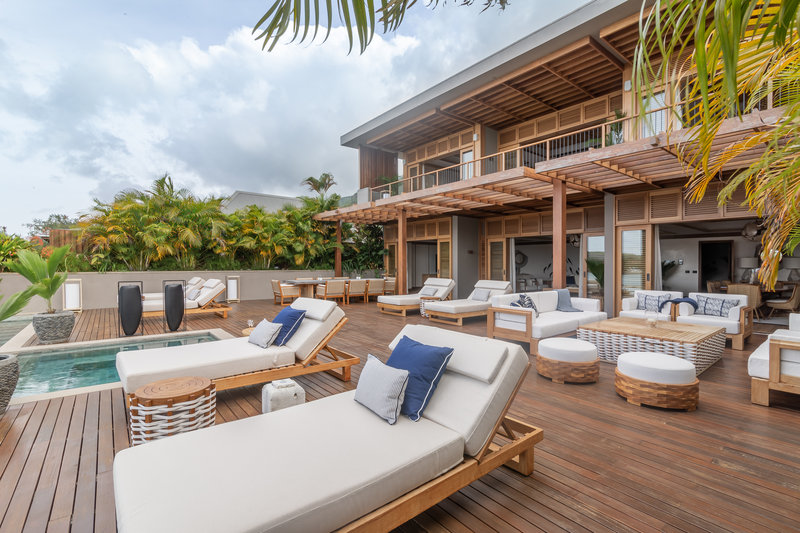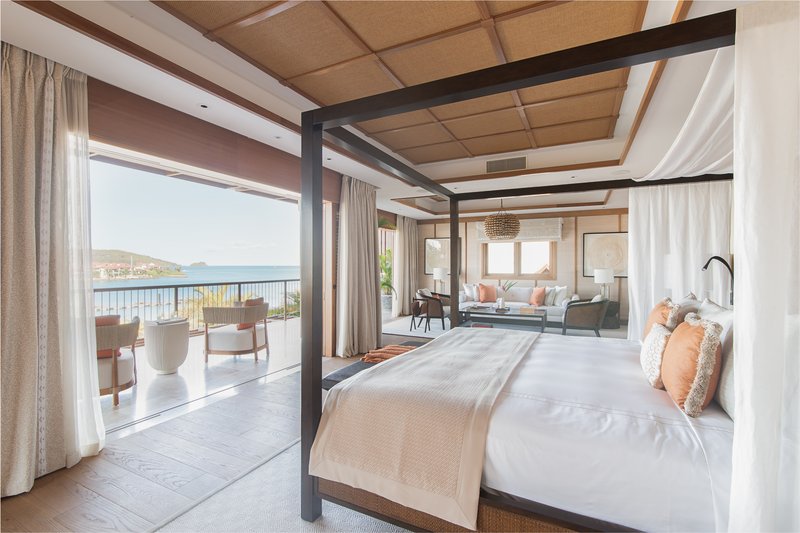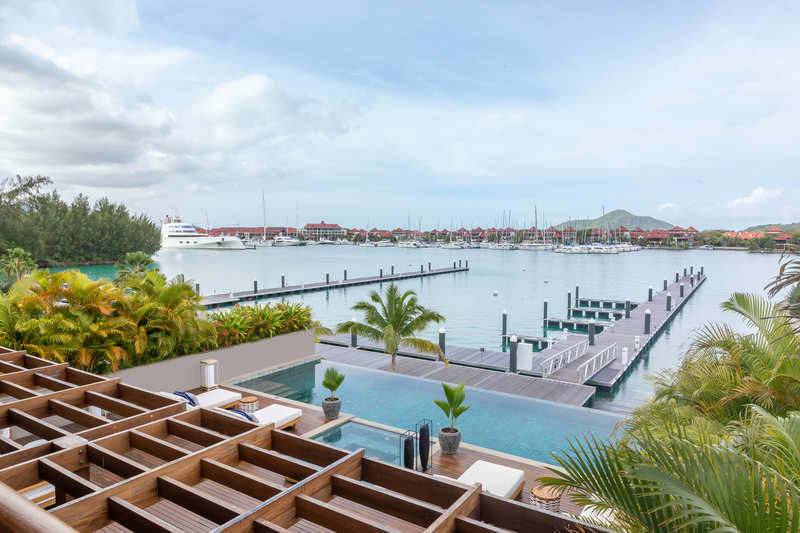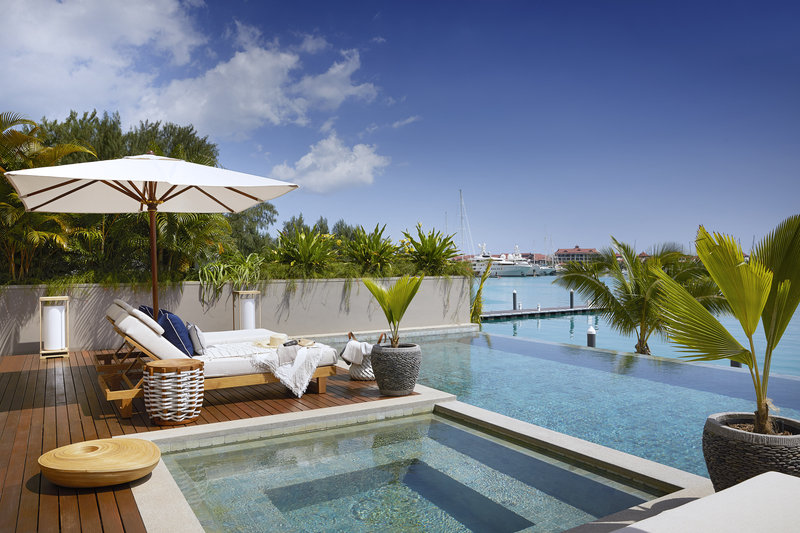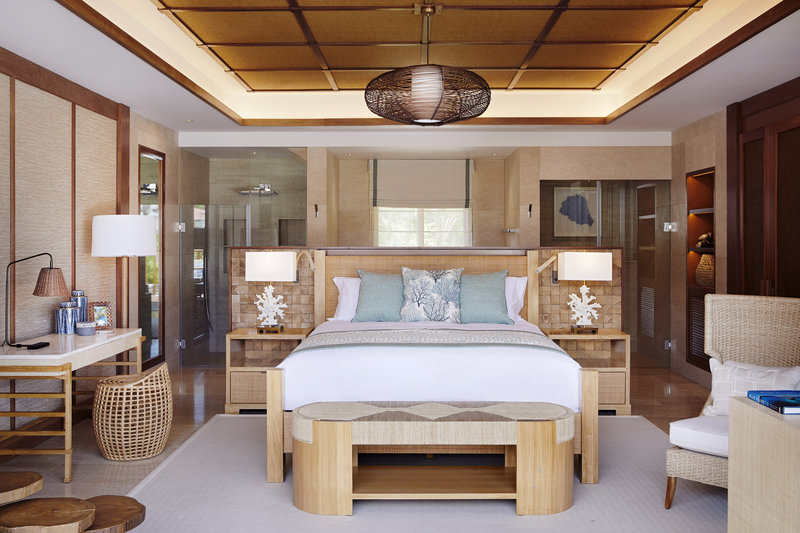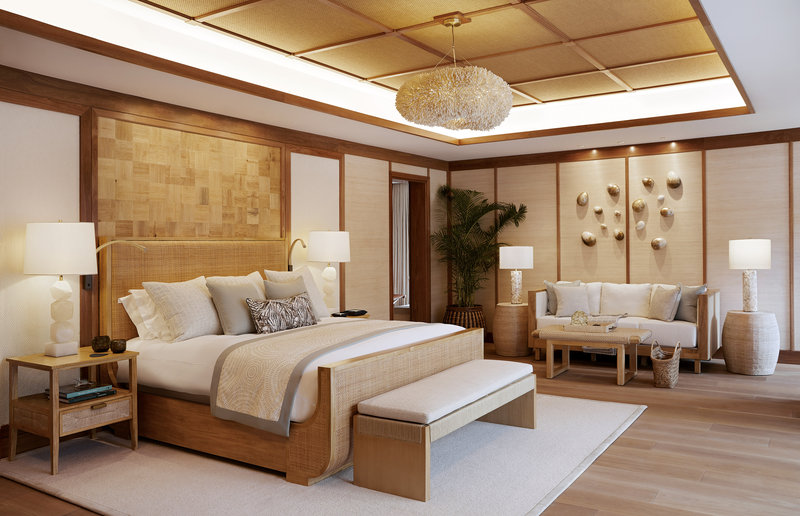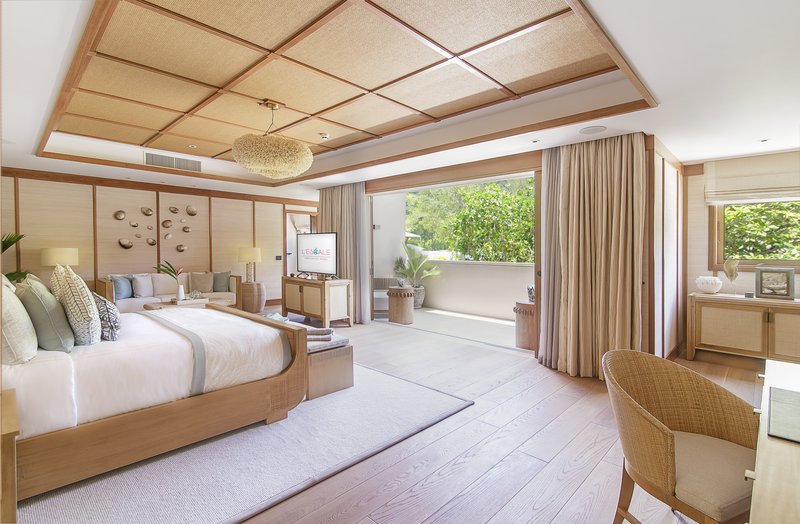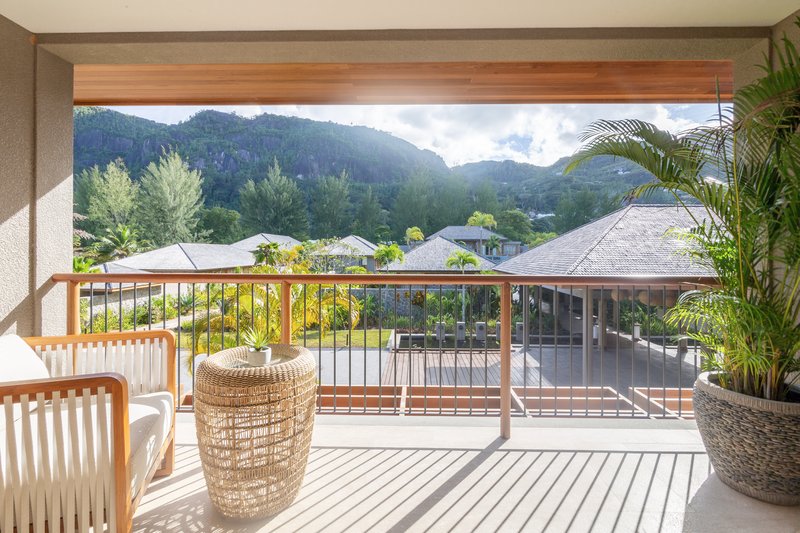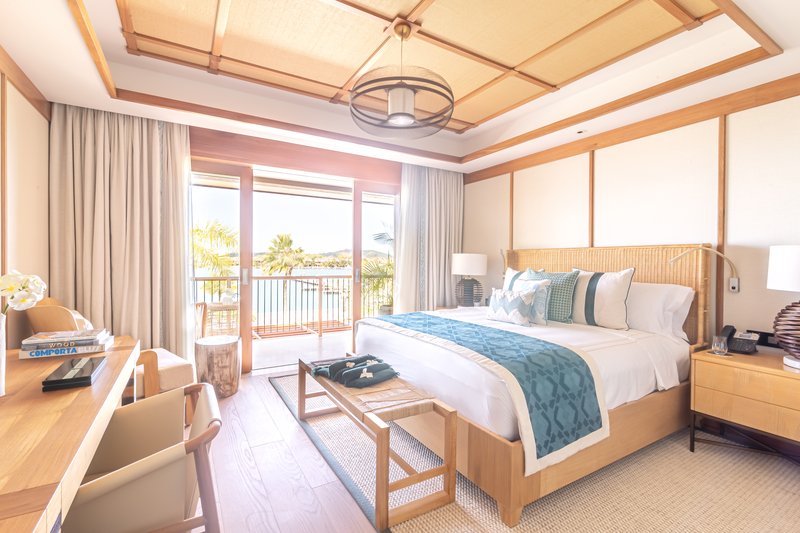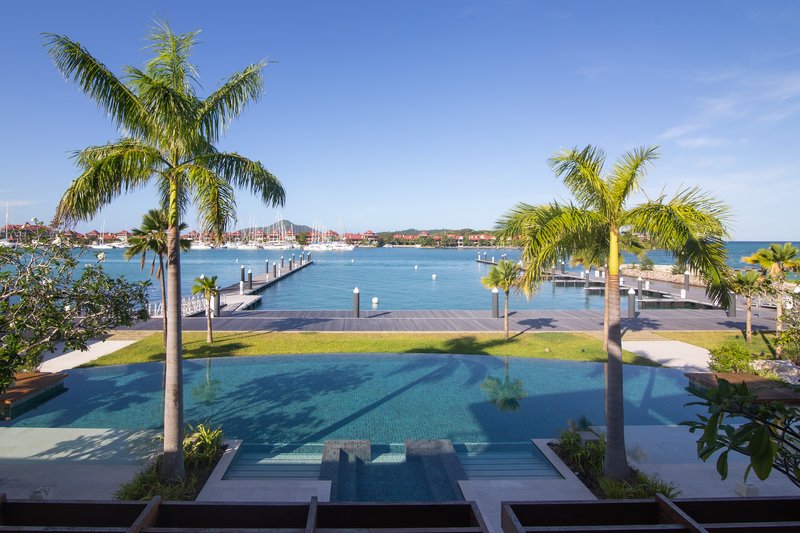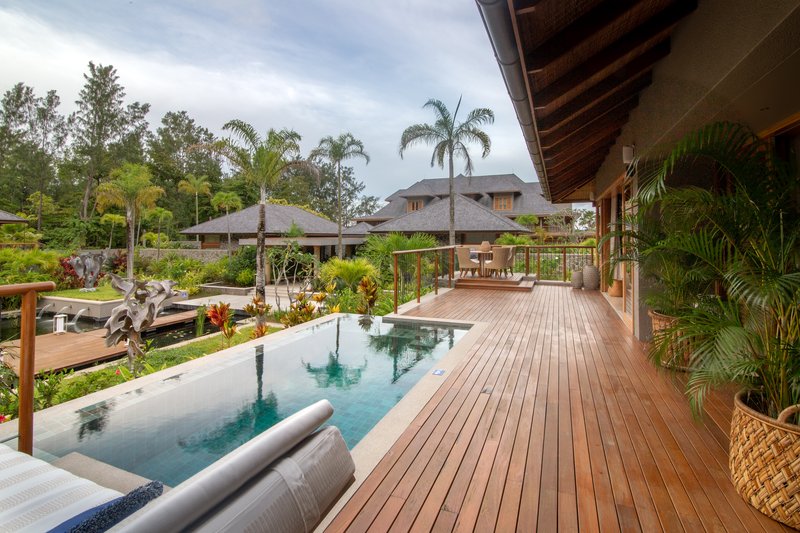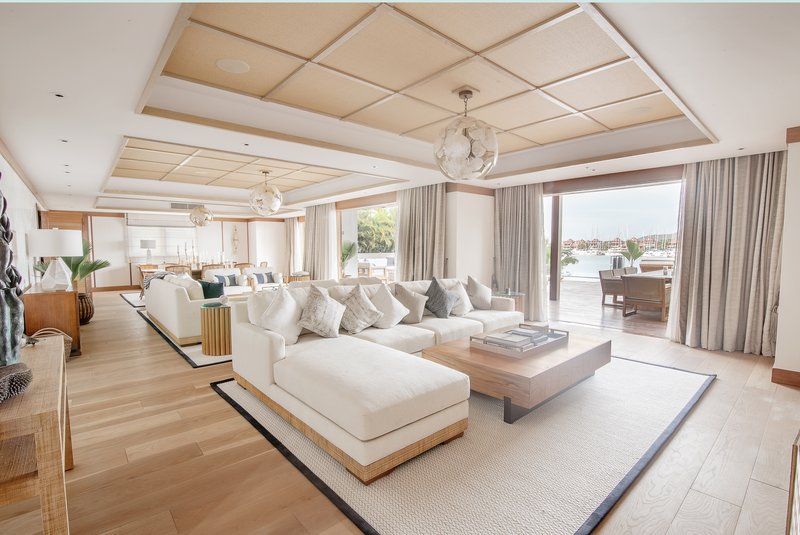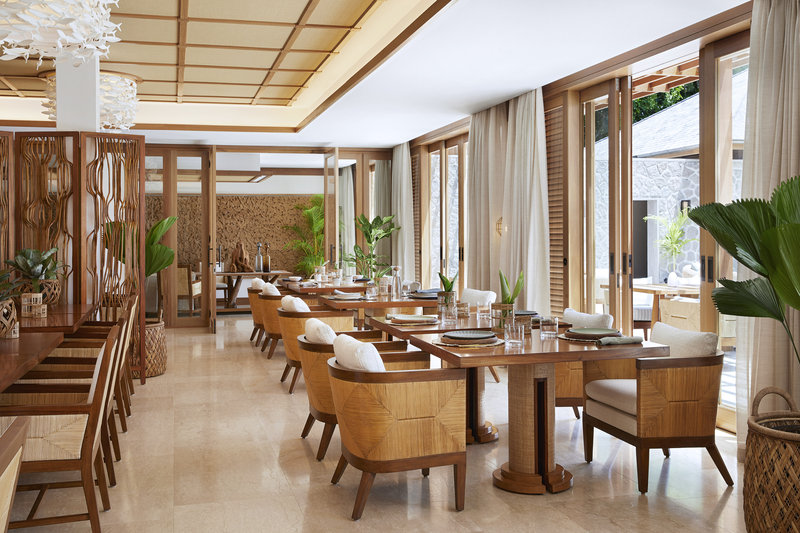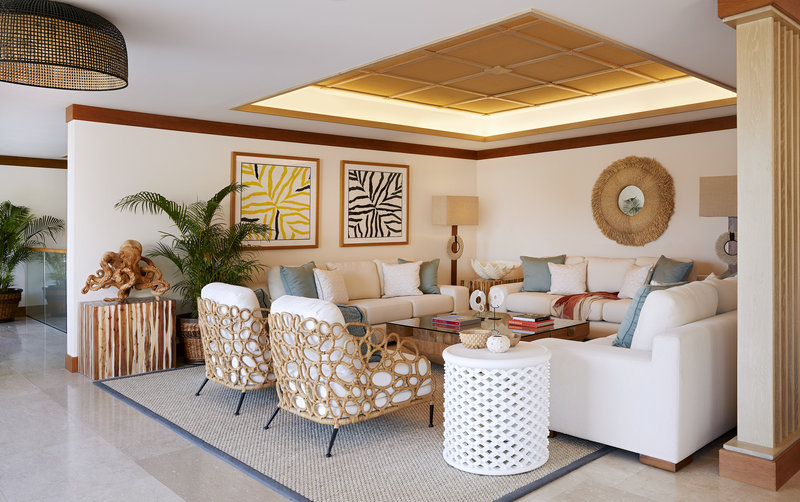Things To Do
NATURE
Both under the sea and on land, Mahé is an area of outstanding natural beauty. Explore the 905 metres-high Morne Seychellois National Park covered in a blanket of wild forest. You might come across the aptly named Jellyfish Tree and a number of rare and unique orchids. Further inland, the Seychelles National Botanical Gardens in Victoria are filled with Takamaka and Coco de Mer trees – famous for growing the world’s largest coconut. Then as fruit bats fly overhead, spend a few minutes feeding the ancient giant tortoises that live here.
WATER
The stunningly clear azure waters of this island retreat are wonderful for swimming, snorkelling, diving and watersports such as sea kayaking. Take your pick from over 50 renowned dive sites, boasting giant boulders, granite slopes covered in colourful coral, a myriad of tropical creatures and even the odd shipwreck. Between August and November is the best time to experience the world’s biggest fish, the majestic Whale Shark, glide slowly past you.
HISTORY
African, Asian and Arab traders were the first to visit the once uninhabited Seychelles. The French took over in 1756 and Mahé was named after their Mauritian governor, Mahé de Labourdonnais. 1814 saw Queen Victoria become head of the British colonial government and she gave her name to the capital. Today, you still get a sense of its Victorian past amongst the narrow streets and dilapidated colonial buildings in the old part of the city. Make sure you visit the Victoria Clocktower that looks like London's ‘Big Ben’ and has kept on ticking since 1903.
